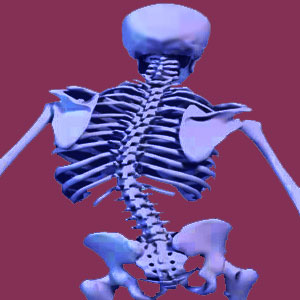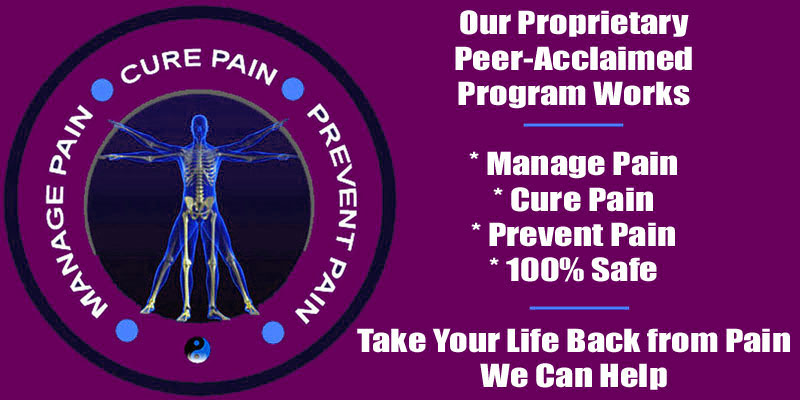
Are you searching for a scoliosis explanation that actually makes sense to you? Want a simple, description of scoliosis? You came to the right place. Scoliosis can be a confusing and difficult concept to understand. The facts of the condition are often lost during diagnostic evaluation and patients might be put on the wrong path towards a lifetime of compromised health due to misconceptions about the true nature of atypical side-to-side spinal curvature. This is why it is so important to protect yourself by understanding the basic premises of the condition from a verified scientific perspective.
We learned long ago that knowledge provides great power and protection for medical consumers. Learning all about a particular condition will be the most beneficial factor in defeating the problems associated with most health concerns, including pain, disability and fear. This is why we began our active patient education efforts more than 19 years ago, along with our advocacy programs and patient community organization. We want you to become fully informed about scoliosis so that you can enjoy the very best diagnostic and treatment experiences.
This simple patient guide provides a primer and overview of scoliosis from a truly common sense perspective. We will explain the condition, as well as provide important tips for readers who might be affected by scoliosis in their lives or in the lives of those they love.
Simple Scoliosis Explanation
Scoliosis is simply an atypical curvature in the backbone when viewed from the front or back of the body. Normally, the spine is multiply curved when viewed from the side, but is perfectly straight when seen from the front or rear perspective.
Scoliosis does not describe just any atypical side to side spinal curvature. It is a diagnosis that is only valid when the degree of curvature in the vertebral column varies 10 degrees or more from objective straight. This fact is known to cause many problems, since numerous patients are told that they have scoliosis, when indeed they do not. They might demonstrate some minor (less than 10 degree) backbone curvature or might be suffering some transient side-to-side functional bend in the spine due to muscular spasm or recent injury. I can not tell you how many letters we receive detailing horror stories of mistaken diagnosis due to these reasons.
Not So Simple Scoliosis Description
Scoliosis is defined as atypical side-to-side curvature of the vertebral column. This fact is true. However, most cases of scoliosis actually influence many of the normal curvatures of the spine, including lumbar lordosis, thoracic kyphosis and cervical lordosis to a substantial degree. Furthermore, it is common for scoliotic vertebrae to also rotate in response to the curvature. Therefore, scoliosis is not a linear problem that is only seen in a direct front or rear view. Instead, it is a three dimensional change in the relative positioning of multiple vertebral bones in comparison to textbook normal, in addition to actual clinical presentation of the specific spine as a whole.
In essence, scoliosis changes all the anatomical perspective of the spine from objective normal to atypical, including the sagittal, coronal and traverse views. To put it simply, no matter which way you view the spine, scoliosis will create visible changes in the normal spinal appearance.
Understanding Scoliosis Explanations
Scoliosis is obvious to observe on medical imaging films and can look really bad from a patient’s point of view. After all, how could this kind of abnormal bend be ok? It looks so different, so it must be a real problem. Well, this is a complete misconception. Scoliosis is known to generally be a completely innocent and non-painful condition in virtually all of its many presentations.
Only the very worst cases of scoliosis are usually considered true problems by medical science. Most scoliosis does not require any professional care, although some young patients might benefit from prevention efforts that seek to reduce progress of the curvature. Only the very worst cases are truly indicated for surgery or other dramatic treatment intervention, such as ongoing drug therapy.
Scoliosis can create severe anatomical problems in theory, but fortunately, most cases never progress to these severities and are therefore often much ado about nothing. However, they can still have powerful effects on health through the interactions between mind and body, so it is just as important to understand and address the psychology of scoliosis as it is to understand and address any anatomical issues presented.





